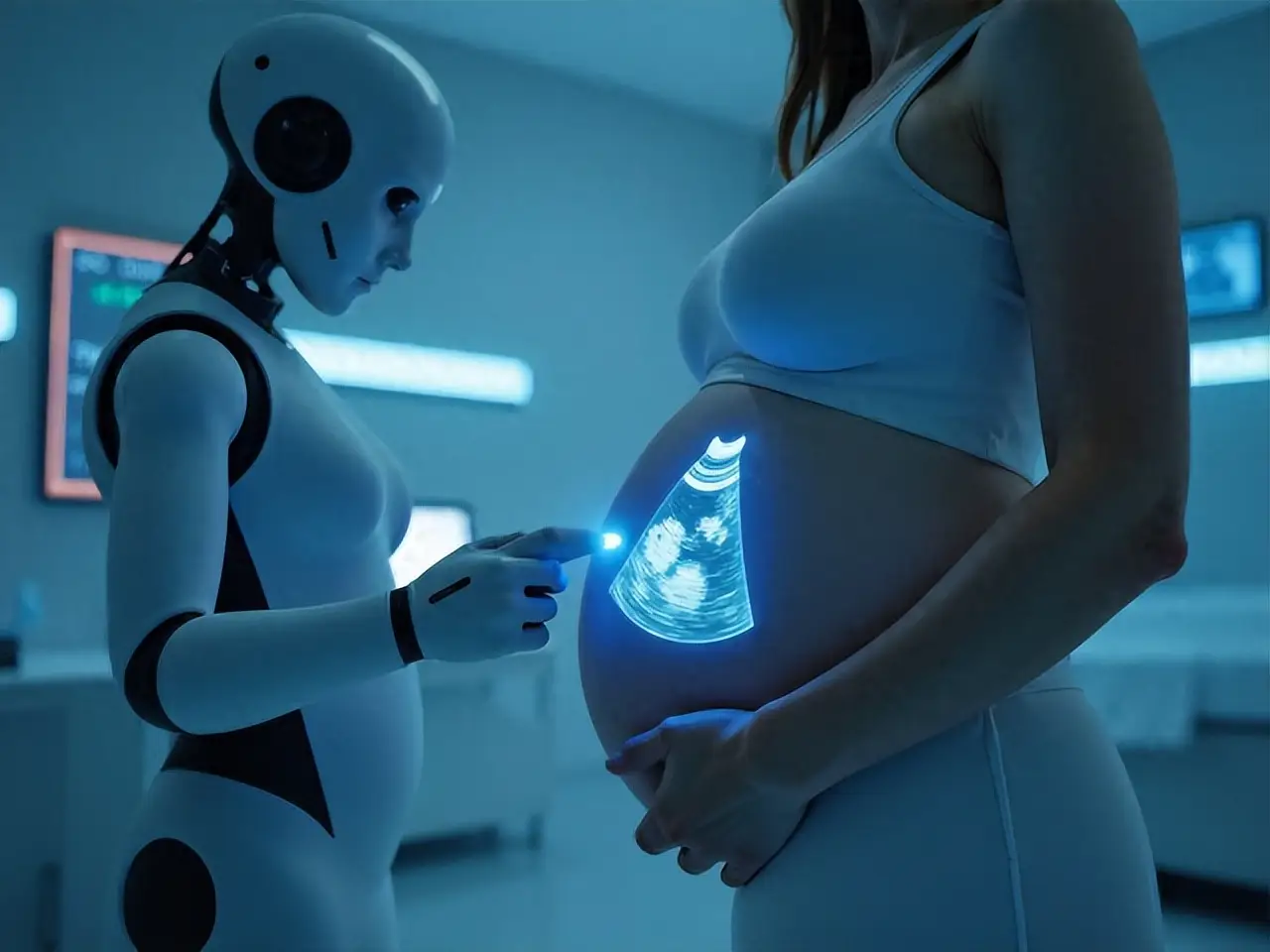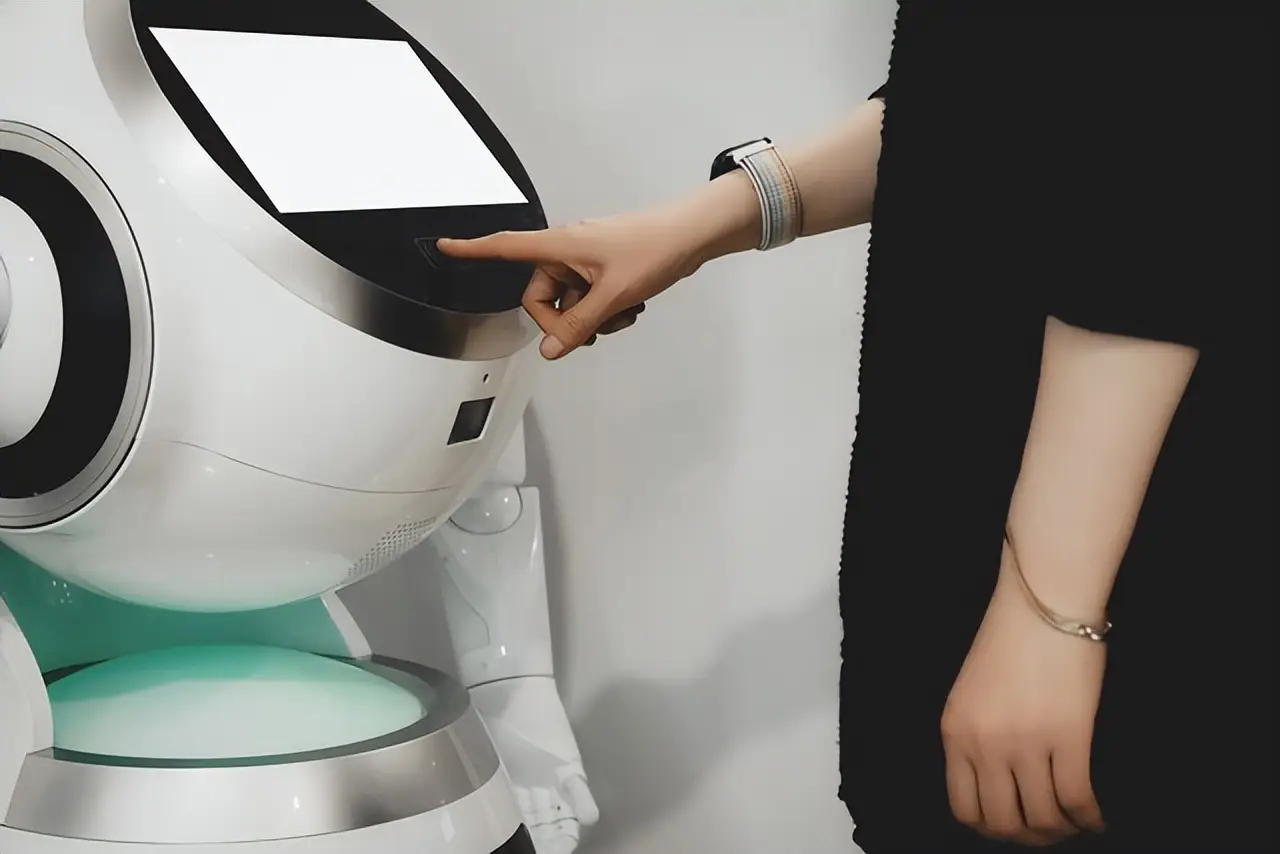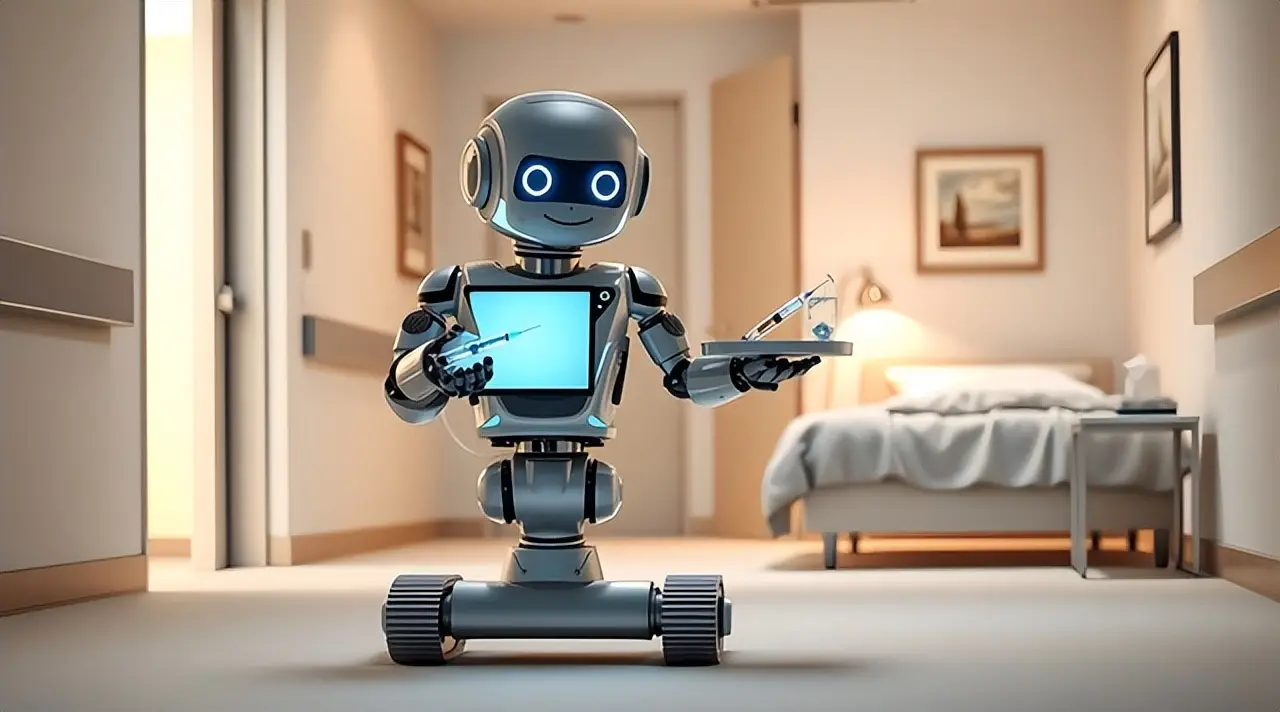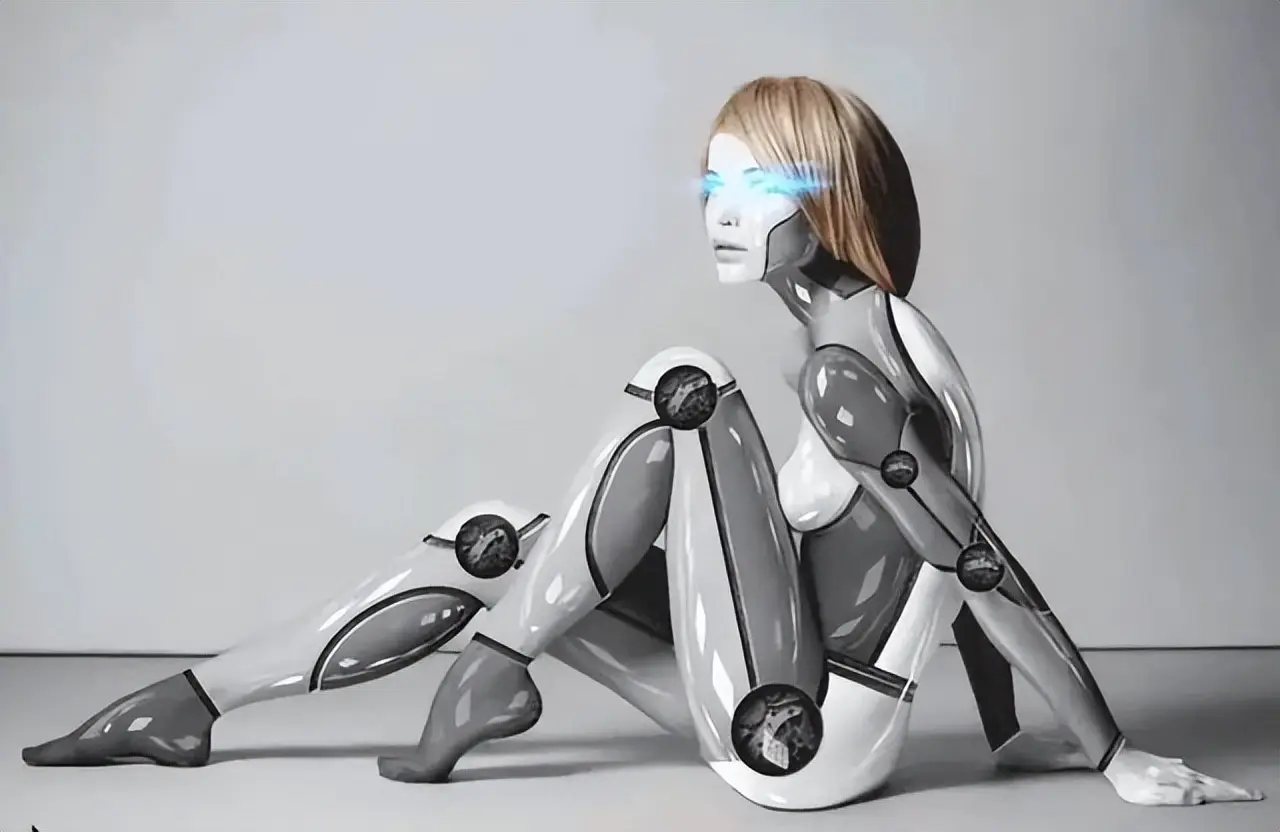As technology extends its reach into the realm of pregnancy, it always sparks deep discussions about ethics and the future. Recently, news about a "pregnancy robot" has been quietly circulating online—a team claims to be developing the world's first robot equipped with an "artificial uterus" capable of fully simulating a ten-month pregnancy all the way to birth. A prototype is expected to be released within a year, priced under 100,000 yuan. This concept, which sounds like something out of a sci-fi movie, is gradually moving from the lab to the public eye.

The idea was proposed by Colin, the founder of a team that has previously launched several intelligent commercial service robots. At a technology conference, he stood in the spotlight and confidently explained the rationale behind his research: "Two groups of people face challenges today: those who don't want to get married but desire children, and those who are unable to conceive naturally due to physical reasons. We want to provide them with a new possibility through technology." These words, like a pebble dropped into a lake, instantly sent ripples through the industry and beyond. Those familiar with Colin know that his exploration of technology is characterized by a relentless drive to "dare to think and act." After graduating from the Business School of Beijing Union University, he plunged headfirst into the field of robotics. The service robots his team developed earned a strong reputation within the industry for their precise interactive experience. But this time, he set his sights on a more sensitive and complex field: combining sophisticated incubator technology with a humanoid robot. He imbued the robot's "belly" with flexibility to simulate the body movements of a pregnant woman, while also precisely controlling the internal temperature, humidity, nutrient supply, and hormonal environment to replicate the gestational conditions of the human uterus.

This seemingly clear approach, however, concealed numerous technical hurdles. Engineers on the R&D team revealed that simply to simulate the hormonal fluctuations within the uterus, they consulted nearly a thousand obstetrics and gynecology medical literature, consulted with dozens of reproductive experts, and made hundreds of parameter adjustments. Choosing the material for the robot's abdomen proved even more challenging: it needed to be flexible enough to expand naturally during the pregnancy cycle, while also ensuring the stability of the incubator within, shielding it from external bacteria and vibration. During that time, the lab lights often burned late into the night, and team members, clutching takeout boxes, discussed plans over blueprints, napping on their desks when tired. This became a common occurrence.
Further thorny was funding. An insider mentioned that the project had stalled due to excessive R&D investment. Colin, with his technical proposal, attended dozens of investment matchmaking meetings, repeatedly explaining the technical logic and market potential to investors. "Some thought it was too advanced, others worried about ethical risks," recalled an investor who participated in the matchmaking process. "But the determination in his eyes was very touching. His 'must make it happen' drive ultimately reassured several investors optimistic about the future of medical technology."

As the news spread, online discussion quickly heated up, with rational voices gradually emerging amidst the controversy.
"As an infertile patient, my first reaction was hope," one netizen commented on a medical forum. "Not everyone is lucky enough to succeed through IVF. If this technology matures, it may allow more families to realize their dreams of having children." These voices embodied the hopes of countless individuals struggling with fertility. However, more discussion focused on ethical boundaries. "After a child is born, how is the parent-child relationship defined?" a legal practitioner questioned. "Robots are merely a means of gestation. Current laws simply do not provide for the rights and obligations between biological parents, technology providers, and caregivers." Another educator expressed concern: "The pregnancy process is not just physical nurturing. The mother's emotions and external noises all affect the fetus. Can robots simulate these? Will this distort the child's future identity?"
Others questioned technical feasibility: "The complexity of the human uterus is far beyond imagination. The nutrient exchange in the placenta and the mutual adaptation of the immune system are all difficult to fully replicate with current technology. Isn't claiming 'complete simulation' a bit overly optimistic?"
This controversy isn't new. When IVF was first introduced, it was also labeled "unnatural," but now it has become a common method for helping infertile families. This time, however, the technology has moved from "assisted conception" to "surrogate conception," crossing not only technological barriers but also the boundaries of social ethics.
As research and development enters its final stages, Colin's team revealed that they have completed stable testing of core parameters and are currently optimizing the flexible material of the robot's abdomen. They expect to release a prototype demonstrating basic functionality next year. This news has reignited discussion, with some envisioning a future of diversified childbirth models, while others are calling for the swift establishment of relevant industry standards and legal constraints.

Objectively speaking, the emergence of gestational robots is essentially a technological response to the human reproductive dilemma. While they may bring convenience to some groups, they will inevitably challenge the boundaries of current ethical systems and social cognition. Technological progress is never isolated; it requires supporting regulations and social consensus. When robots truly can "carry a baby for ten months," we may face not only the emergence of a new technology but also a profound reconstruction of life, family, and ethics. This reconstruction requires the rational participation of everyone.




